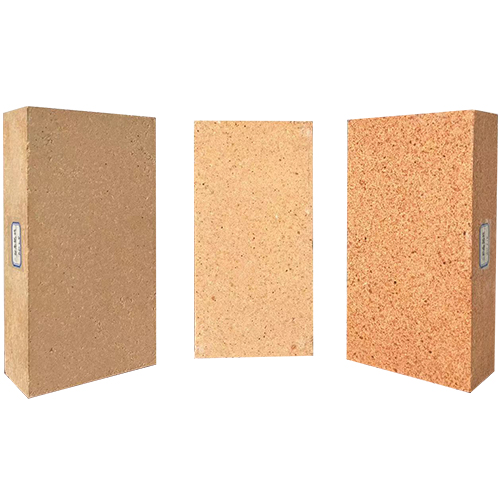High-alumina bricks are a type of refractory brick used in high-temperature applications such as furnaces, kilns, and boilers. They are made by mixing raw materials such as bauxite, chamotte, and clay, and then firing them in a kiln at high temperatures of around 1,700-1,800 degrees Celsius. This process gives the bricks their high density, strength, and resistance to thermal shock, making them ideal for use in harsh industrial environments.
However, it is important to handle high-alumina bricks carefully, especially when they are fresh out of the kiln. As mentioned earlier, these bricks cannot be wetted, as water can cause them to lose their strength and functionality. This is because high-alumina bricks contain a high percentage of alumina, which is a refractory material that is resistant to chemical and physical changes at high temperatures. When water is added to the bricks, it can react with the alumina and cause it to break down, reducing the bricks’ overall performance.
To avoid this problem, it is crucial that sellers and manufacturers of high-alumina bricks understand the importance of proper handling and storage. They should not be overly focused on the unit weight and bulk density of the bricks, as this can lead to careless handling that can damage the bricks. Instead, they should focus on providing high-quality products that are designed to withstand high temperatures and harsh industrial conditions.
In addition to proper handling, it is also essential to use high-alumina bricks correctly during construction. When constructing high-temperature equipment, it is important to follow the manufacturer’s instructions carefully and use the right type of joint material to connect the bricks. High-alumina fireclay is a common joint material used with high-alumina bricks, and it should be mixed with water to form a thick paste that can be applied to the joints. This paste will harden over time and provide a strong, durable bond between the bricks.
In summary, high-alumina bricks are an essential material for high-temperature applications in the industrial sector. However, they must be handled with care to avoid damage and loss of performance. Manufacturers and sellers must focus on providing high-quality products that are designed to withstand harsh environments, and construction teams must use them correctly to ensure that they function correctly and have a long service life. By following these guidelines, high-alumina bricks can provide reliable performance and durability in the most demanding industrial settings.


